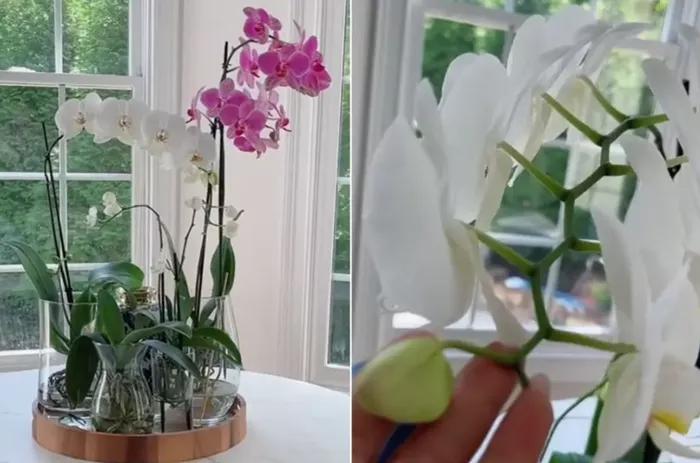Gardening is full of surprises, especially when plants bloom outside their expected season. Typically, spring plants like crabapple and apple trees bloom in the warmer months, while fall brings vibrant displays of orange, red, and yellow. However, some gardeners may notice that plants, such as the Eastern redbud, bloom in the fall instead of spring. The reason for this unexpected shift is often linked to drought stress caused by water shortages during the summer.
When plants experience prolonged periods of drought, they can go into a dormant state to conserve energy. This period of dormancy usually prevents them from blooming. However, drought stress can sometimes trigger an early end to dormancy, forcing plants to bloom in the fall. This phenomenon has become more common due to the increasing frequency of droughts, particularly in regions like the Plains, Southwest, Upper Midwest, and Northeast United States. According to the National Integrated Drought Information System (NDIS) and the National Oceanic and Atmospheric Administration (NOAA), these areas saw record dryness between August and October 2024. Additionally, NASA reported that this year’s summer was the hottest on record in over 145 years, with climate change contributing to more extreme weather patterns, including drier summers.
For gardeners, this means that spring plants may not always follow their usual blooming schedule. However, there are ways to manage drought stress and protect your plants.
How to Identify and Manage Drought Stress
If your plants are exposed to drought conditions, they may show several signs of stress. Common symptoms include drooping or crispy leaves, wilting, and color changes in the foliage. Plants may also have bare patches, dead flowers, lack of new growth, and damage from insects. Recognizing these signs early can help you take action before the stress worsens.
To help your plants survive drought, it’s important to avoid over-fertilizing, which can waste water, and to regularly remove weeds, which compete with plants for nutrients. One effective way to manage drought stress is by using hydrogen peroxide. Studies show that hydrogen peroxide can signal the plant’s cells when they are under stress. To use it, mix one tablespoon of hydrogen peroxide with a gallon of water and spray the solution gently onto your plants when you notice signs of stress.
In addition to these measures, it’s crucial to maintain a consistent watering schedule, especially during the blooming season. Aim to give your trees and shrubs at least 1 inch of water per week. If drought stress continues to affect your plants, consider incorporating drought-resistant varieties into your garden. These plants require less water and are better equipped to withstand dry conditions.
By understanding the effects of drought on your garden and taking steps to reduce its impact, you can help your plants thrive—whether they bloom in the spring or, unexpectedly, in the fall.
Related topics:
- Avangrid, Parent Company of UI, Plants 2 Redbud Trees in West Haven
- Shopper Furious After Nursery Tries to Sell Dangerous Plant That Could Destroy Property
- Plant Scents Pave the Way for Sustainable Farming


